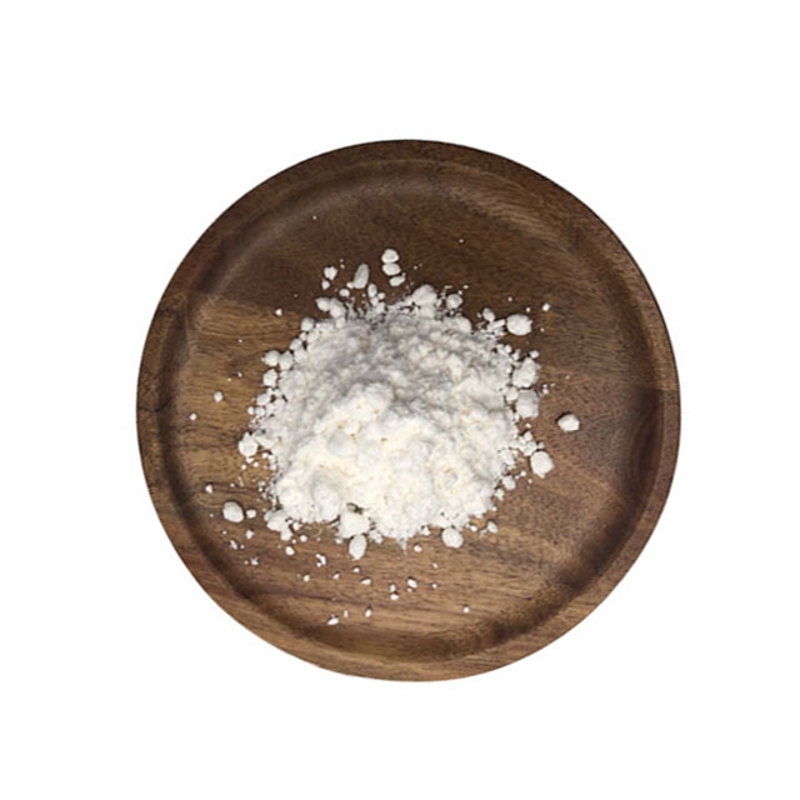-
Categories
-
Pharmaceutical Intermediates
-
Active Pharmaceutical Ingredients
-
Food Additives
- Industrial Coatings
- Agrochemicals
- Dyes and Pigments
- Surfactant
- Flavors and Fragrances
- Chemical Reagents
- Catalyst and Auxiliary
- Natural Products
- Inorganic Chemistry
-
Organic Chemistry
-
Biochemical Engineering
- Analytical Chemistry
- Cosmetic Ingredient
-
Pharmaceutical Intermediates
Promotion
ECHEMI Mall
Wholesale
Weekly Price
Exhibition
News
-
Trade Service
Lung cancer is the most common cancer and the leading cause of cancer-related deaths, causing more than 2 million new diagnoses and 1.7 million deaths worldwide each year.
about 85 percent of diagnosed lung cancers are non-small cell lung cancer (NSCLC), of which more than 50 percent are adenocarcinomas and 30 percent are squamous.
the efficacy of immuno-checkpoint therapy for non-small cell lung cancer (NSCLC) depends to a large extent on the tumor micro-environment (TME).
a research paper entitled "CCL7 recruits cDC1 to promote antitumor immunity and facility checkpoint immunotherapy to non-small cell lung cancer" published online by Zhong Bo of Wuhan University, Lin Dandan and Huazhong University of Science and Technology, which demonstrates that CCL7 raises regular DC 1 (cDC1) Promotes anti-PD-1 therapy in KrasLSL-G12D / - Tp53fl / fl (KP) and KrasLSL-G12D / / Lkb1fl / FL (KL) NSCLC mouse models, and promotes T cell amplification.
CCL7 showed high expression in NSCLC tumor tissue and was positively related to the immersion of cDC1 in TME and the overall survival of NSCLC patients.
CCL7 deficiency impairs the immersion of cDC1 in TME and subsequent amplification of CD8 and CD4 plus T cells in bronchid drain lymph nodes and TME, thereby promoting tumor development in KP mouse models.
using CCL7 into the lungs alone or in combination with anti-PD-1 can significantly inhibit tumor development and prolong the survival of KP and KL mice.
these findings suggest that CCL7 may act as a biomarker and admission for immunotherapy for non-small cell lung cancer checkpoints.
has developed a variety of small molecule inhibitors and monoclonal antibodies to target these genetic changes and significantly improve the prognostics in NSCLC patients.
Despite these advances, there is currently no specific treatment strategy for NSCLC patients with KRAS MUTATION mutations (G12C, G12V or G12D), which is the most common carcinogenic driver in the 10 to 20 percent NSCLC incidence rate.
addition, common co-mutation partners, including TP53, LKB1, and CDKN2A, have been identified in the NSCLC of KRAS mutations.
these co-mutation factors provide different gene expression spectrums and may determine different treatment strategies for KRAS mutations in NSCLC.
has developed KrasG12D that expresses mutations and simultaneously makes Tp53 (KrasLSL-G12D / . KP) or Lkb1 (KrasLSL-G12D / s Lkb1fl / fl; KL) infested mouse models and provide powerful tools for screening and evaluating effective therapies for KRAS mutations in NSCLCs.
Recently, checkpoint immunotherapy using immuno-checkpoint blockers, such as anti-procedural death 1 (anti-PD-1) and anti-procedural death ligation 1 (anti-PD-L1) antibodies, has significantly improved progression-free survival (PFS).
However, even in patients with NSCLC with high PD-L1 positive levels, the objective remission rate (ORR) is about 45%, which may be due to the entry or proliferation defects of tumor-immersed white blood cells or inhibition by other molecular pathways in TME.
7 (CCL7, also known as MCP-3) is the first single-nucleocyte coercation factor and powerful lure agent to be selected from the culture of MG-63 osteosarcoma cells.
CCL7 is expressed at low levels in endoskin cells, fibroblasts and monocytes and is subject to a variety of stimuli, including viral, type I or type II interferon (IFN).
However, in the exoded mouse model, it was reported that the over-expression of CCL7 in tumor cells promoted tumor growth by promoting the proliferation and metastasis of tumor cells, or by raising immune cells into tumors to maintain tumor growth.
it is not clear whether and how CCL7 is involved in the development of primary NSCLC in the body.
, the study showed that high expression of CCL7 in NSCLC tumor biopsies was positively associated with OS in NSCLC patients.
lack of CCL7 promotes the development of NSCLC in KP mouse models.
mechanism, CCL7 promotes cDC1 trend towards TME, thus promoting T cell amplification and anti-tumor immunity.
, the combination of CCL7 and anti-PD-1 therapy significantly inhibited tumor occurrence and extended survival in KP or KL mice compared to individual anti-PD-1 therapy.
these findings together show that CCL7 can be used as an adsage to promote checkpoint immunotherapy of NSCLC by regulating TME.
。







